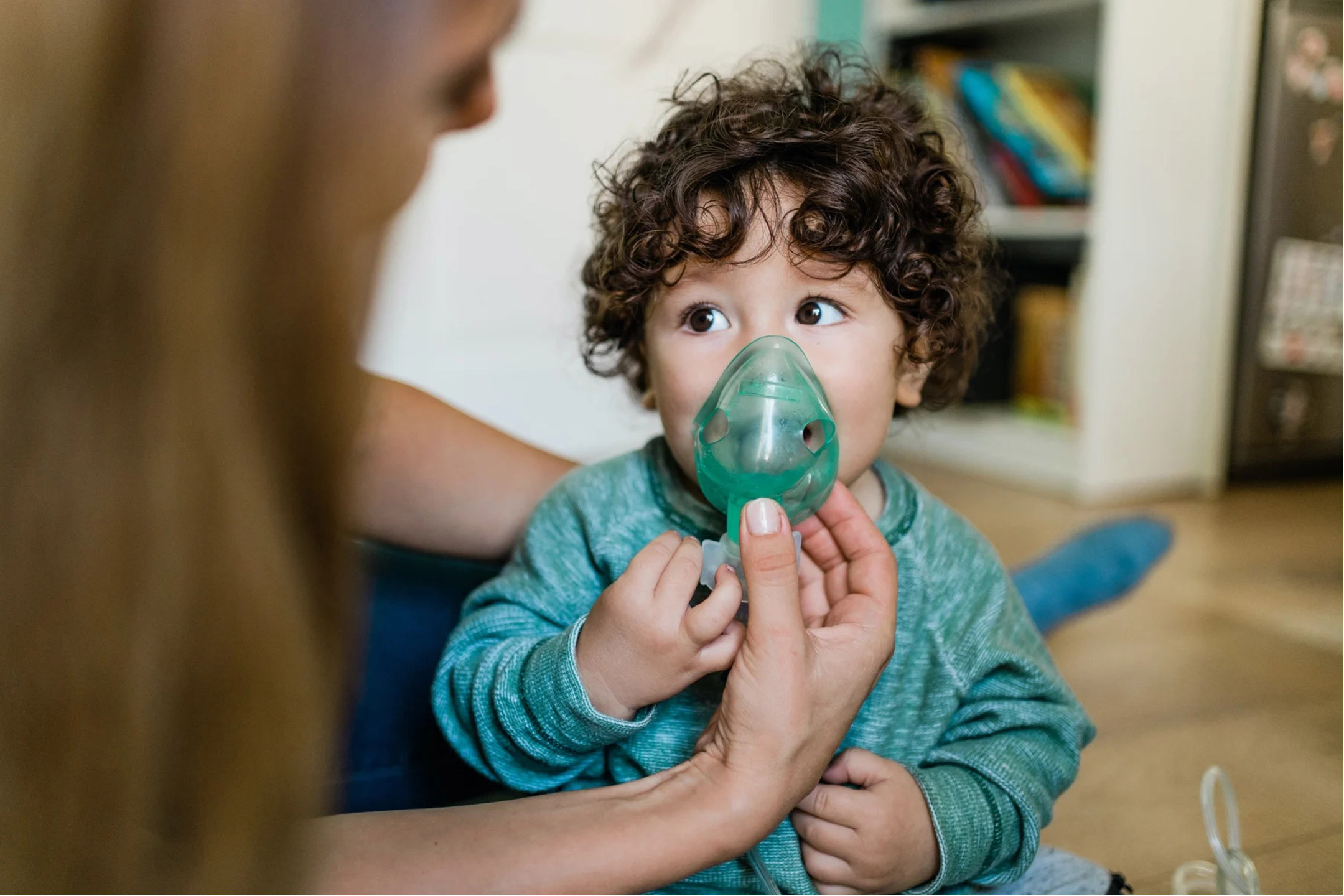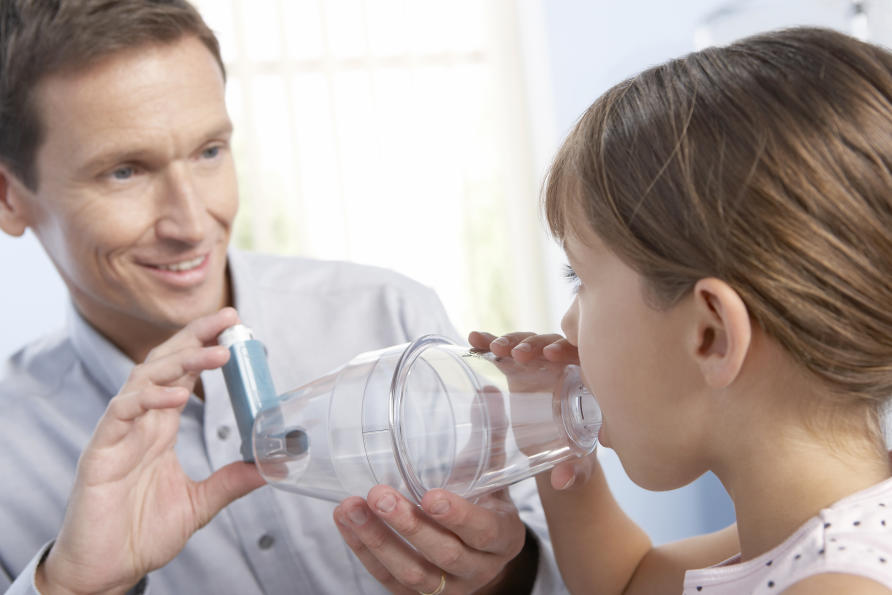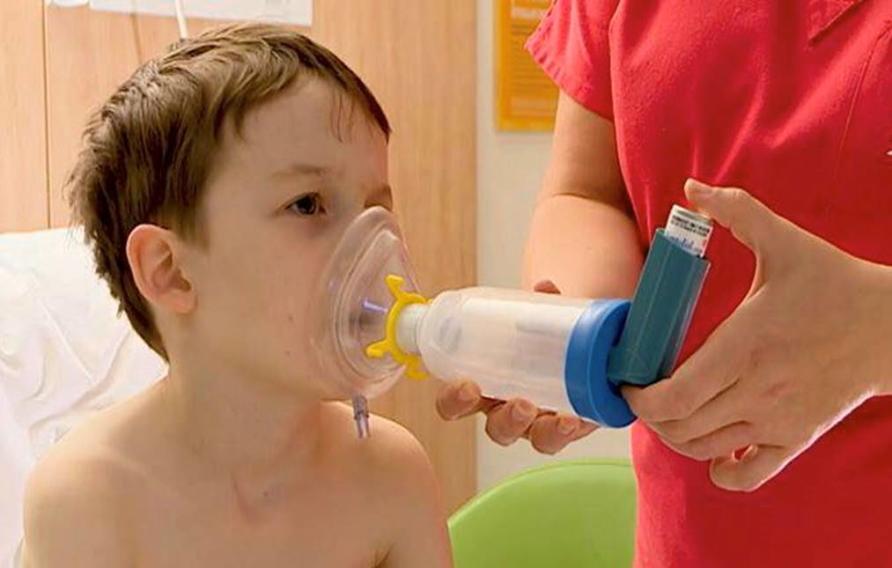
14 Jun Why Are More Children Being Readmitted to Hospitals for Asthma?
When a child gets admitted to hospital for their asthma, write Dr Katherine Chen and Professor Harriet Hiscock, it is an opportunity to make a plan for staying out of hospital too.
Asthma is the most common chronic illness in Australian children, affecting one in ten, but in most cases it is readily manageable with the right medication and follow up.
So when a child ends up in hospital with an asthma exacerbation (‘attack’) it is an important opportunity to holistically evaluate the child’s asthma management in order to improve its control and prevent future emergency trips to the hospital.

But, worryingly, the rates at which children are being readmitted to hospital with their asthma are worsening. So what is going on?
When we studied hospital readmission rates we found that one in three children are being readmitted to hospital for their asthma within 12 months of a previous admission. The study, the results of which are still being finalised, comprised 774 children across three Victorian hospitals who had been admitted for management of their asthma between 2017 and 2018, whose progress was then tracked for 12 months. Results were similar across all three hospitals.
What surprised us was that the statistics seem to be getting worse. Ten years ago, just one in four children were being readmitted to Australian hospitals for their asthma. This increase is a burden not only on the children and families, but also on our health system.
To understand what is driving this problem, the second phase of our research is adopting a multifaceted approach – working with families, GPs and hospitals to find out how we can prevent hospital readmissions.
Could medications be used more effectively? How can hospitals improve communication and collaboration with families and GPs in the community? Could a digital device help with symptom monitoring and using medication consistently? Could we reduce exposure to environmental allergens?
So far our qualitative interviews with families and surveys of GPs have told us that there is a lack of clarity between what families have been told in hospital and what the GP understands, especially around the asthma management of pre-school children.
It suggests that if we are to reduce readmission rates, then we need to better integrate hospital and community care. Families need ongoing access to community experts, whether that is doctors, nurses or outreach workers. A child’s asthma changes over time and treatment requirements need to change accordingly.
One of the key challenges arises because families struggle to see a regular GP who has paediatric asthma expertise, which means there is less opportunity for streamlined preventative care. Access to dedicated community asthma experts like an asthma nurse, or an integrated care collaboration between GP groups and hospitals, could streamline this process.
Although almost 80 per cent of families in our study left hospital with a simple asthma action plan, families tell us that they want more individualised treatment plans for their child. It’s clear that a one size fits all approach isn’t going to work.
Families also need to make this information more accessible to everyone caring for the child’s asthma. A potential solution is to upload the asthma action plan digitally, using a platform like the child friendly Asthma Australia KissMyAsthma app, which allows families and clinicians to input and share information, track symptoms and receive medication reminders.
When we reviewed the hospital medical records of the children in our study, around half had gaps in the recording of their longer-term asthma control and other associated illnesses like food allergies, eczema and allergic rhinitis.
We are now working with the electronic medical record team at one hospital on pulling children’s relevant asthma and related medical history together, so that they can be cared for more holistically when they present with an acute asthma exacerbation. This information could then be more easily shared on their discharge summary.

We also need to look at what environmental factors may drive hospital presentations in children with asthma, including the COVID-19 pandemic and the recent bushfires in Victoria and NSW.
We are collaborating with Safer Care Victoria and environmental experts at the University of Melbourne and Deakin University to investigating ten years of statewide administrative data on asthma hospital and emergency admissions in children. This will allow us to examine how changes in our environment are affecting acute health services use.
The key to reducing hospital readmissions is to ensure that children with asthma have a comprehensive review of their asthma control, regular follow up and up to date individualised asthma management plans that are implemented and monitored.
Researching the lived experience of GPs, families and clinicians is key to designing interventions and systems to facilitate asthma management that are not only feasible and economical, but also likely to be taken up by end-users.
Professor Harriet Hiscock is the Director, Royal Children’s Hospital Health Services Research Unit, University of Melbourne; Co-Group Leader, Community Health Services Research Group, Murdoch Children’s Research Institute; Director, Australian Paediatric Research Network.
Dr Katherine Chen is a Paediatrician, Department of General Medicine and Complex Care Hub, Clinical Lead Short Stay Unit, Royal Children’s Hospital; Clinician Scientist Fellow, Murdoch Children’s Research Institute; Honorary Fellow, Faculty of Medicine, Dentistry and Health Sciences, University of Melbourne
This project is supported by the Australian Government’s Medical Research Future Fund (MRFF) as part of the Rapid Applied Research Translation program through the Melbourne Academic Centre for Health.
“This article was first published on Pursuit. Read the original article.”
Main Image: Getty Images

